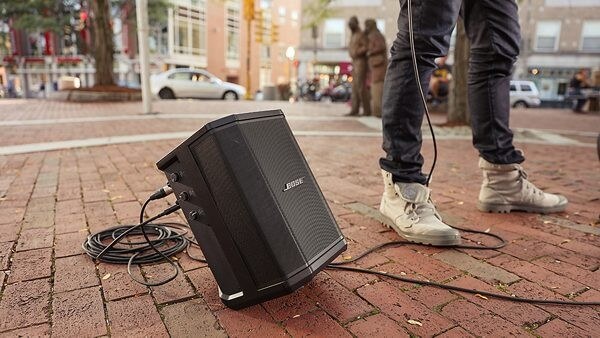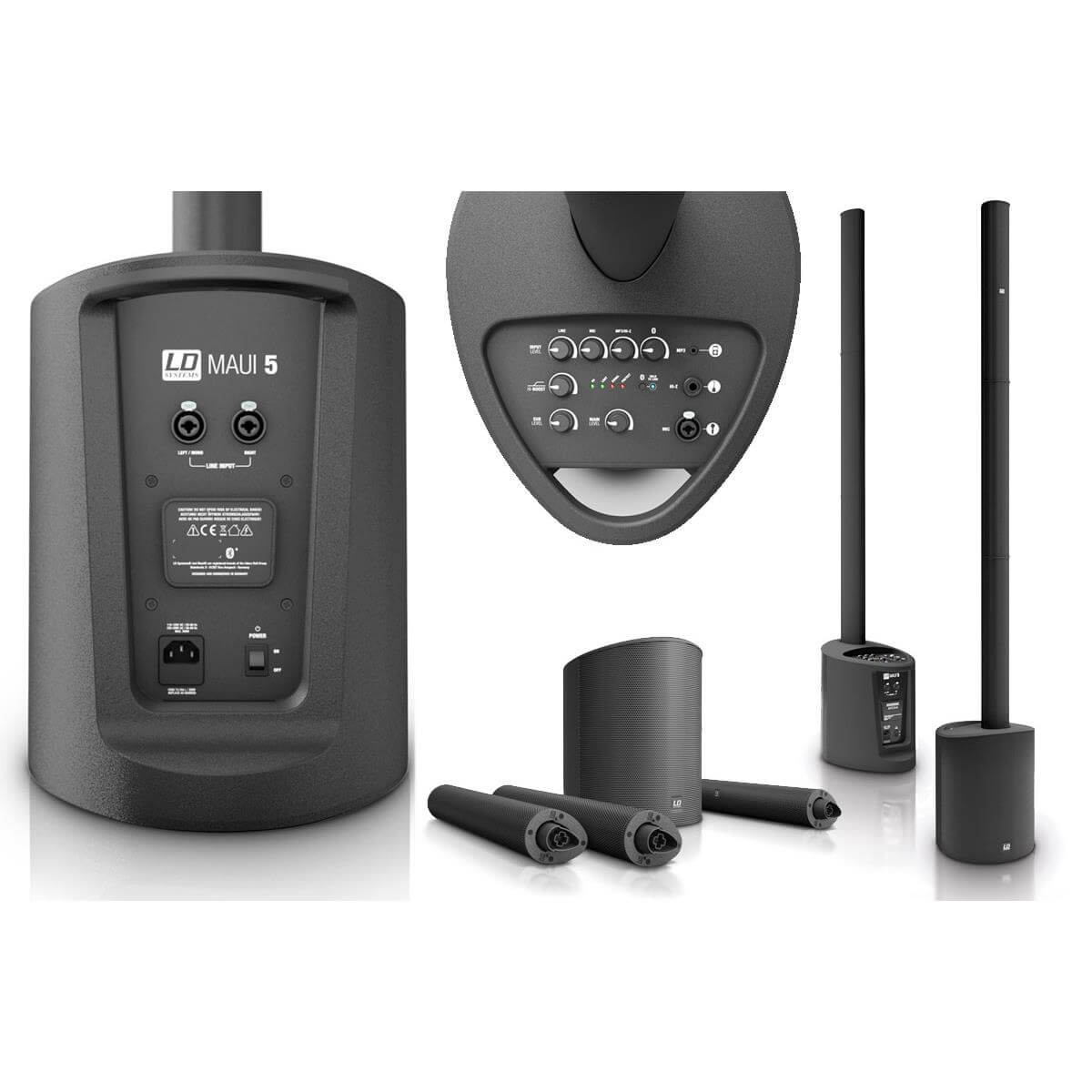Whether you are a professional musician or an amateur who wants to boost their sound, choosing the right PA system is vital if you want audio clarity and definition.
In a nutshell, a PA system (also known as a public address system), amplifies a performer’s sound. There are a wide variety of PA systems with a range of different components and functions. A PA converts acoustic sound to an electronic signal, usually with microphone or line inputs. It processes and mixes signals, delivers sound through speakers, and monitors sound performance.
When it comes time to choose a PA it can be hard to know exactly what to look for, and how to decide which features are most important. This handy guide will give you the seven helpful tips to assist you in the process of finding a PA that is perfect for your needs.
1. Think about how much power you need
One of the first questions you need to ask yourself is how much power you need. Consider how big your audience is and what kind of space you are playing in. Power is produced in a PA by the amp, and it is the amp’s job to boost the signal produced by the mixer and transmit it through the speakers. Power is measured in watts. If you don’t have enough watts to cater for the venue you are playing in, you will end up with crackly and distorted (clipped) sound when pushing the volume to hard. As a rule of thumb, a band playing in a medium-sized venue will want to bolster around 1500 watts of power, where a softer style performance might require less than 750 watts. An acoustic performer in a small space might only need 60 watts. Carefully consider your needs and remember that if you are likely to be playing bigger venues, it doesn’t hurt to invest in a better system now.
2. Decide how important portability is
Are you likely to be performing in the same space all the time, or do you need a system that is extremely portable? Traditional PA systems come with multiple separate pieces, are hefty to transport, and can take a bit of time to set up on stage. If you are always on the go, you might consider a portable and compact PA system, which has all the necessary components within a single enclosure.
3. Consider your budget
There are loads of PA’s on the market, and you can easily spend thousands of dollars to get a system with huge power and loads of features. However, remember to consider your budget. For smaller groups and acts, all-in-one modular PA systems present great value for money, and deliver clean and simple amplification, without the fuss of some of the more complicated systems.
4. Decide whether you need a battery or non-battery operated PA

When it comes to deciding whether you want a battery or non-battery operated PA system really depends on your usage. If your events are mainly held indoors with ready power sockets around then you should go for a non-battery operated PA. One main advantage would be that the PA system will be much lighter without the battery pack. If your events are mainly outdoors or in areas where a power socket is not easily accessible, then going for a battery operated PA system is a great choice. Setup will be much easier and fast. If you are looking for a battery operated PA solution, you can’t go wrong with the Bose S1 Pro Multi-Position Powered PA System, which offers supreme sound quality and long lasting battery power of up to 11 hours of usage. It’s an excellent system for live music performances, business presentations, mobile DJs and more.
5. Get to know your mixers
Regardless of which PA you choose, it is vital to spend some time getting to know your mixer. Before your purchase, you should consider whether the mixer is too basic or too complex for your needs. Mixers can be daunting with all those buttons, faders and knobs — but remember, every part of the mixer has a function, and these functions are the key to unlocking your best sound.
6. Think about how important effects are for you
Many PA mixers have on-board, built-in effects which may be sufficient for your needs. However, if you want additional options, you can consider purchasing outboard processing gear and software for signal processing, reverb, delay and chorus effects to add depth to your sound.
7. Don’t overlook column array line speakers

Column line arrays can be deceiving because they look lean and discreet, and you might think they don’t pack too much punch. However, these systems, such as the LD System Maui 5 line array speaker, pack a load of features in their tall and slender packages using cutting edge technology. Don’t be fooled by their tall and slender profiles.
The world of PA systems is complex and vast, but that doesn’t mean you need to get weighed down in technical jargon and brand wars. Focus on the components that are vital to your sound, and enjoy every moment of your sonic journey.
SPECIAL NOTE: This article is brought to you by the audio professionals from Musicshop.sg – Music and Audio equipment store.

